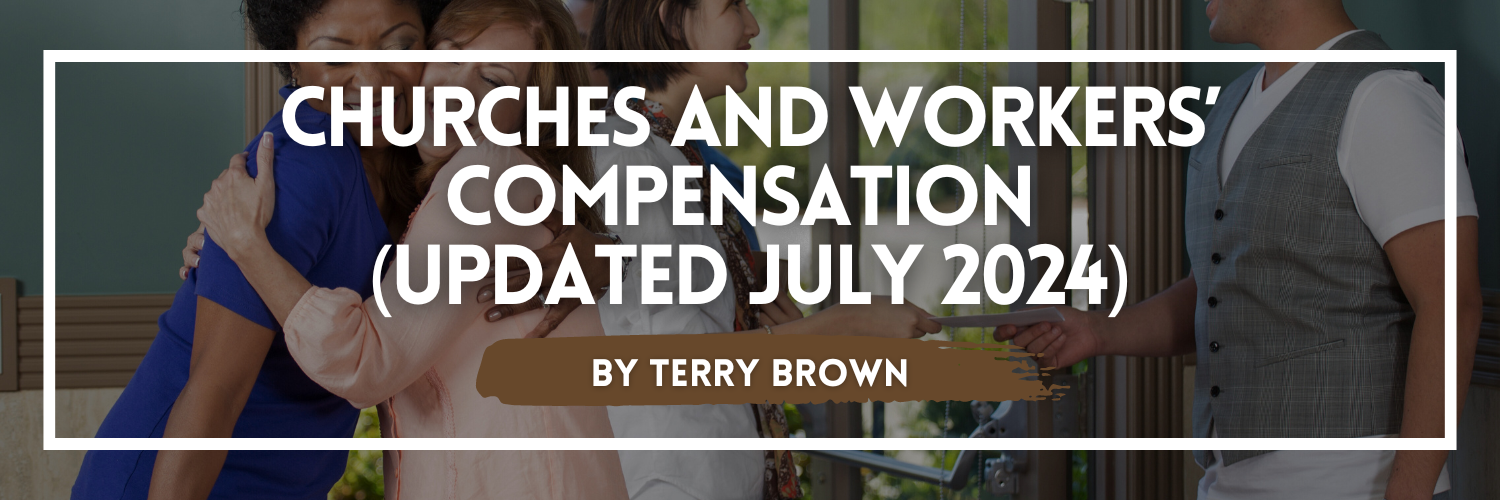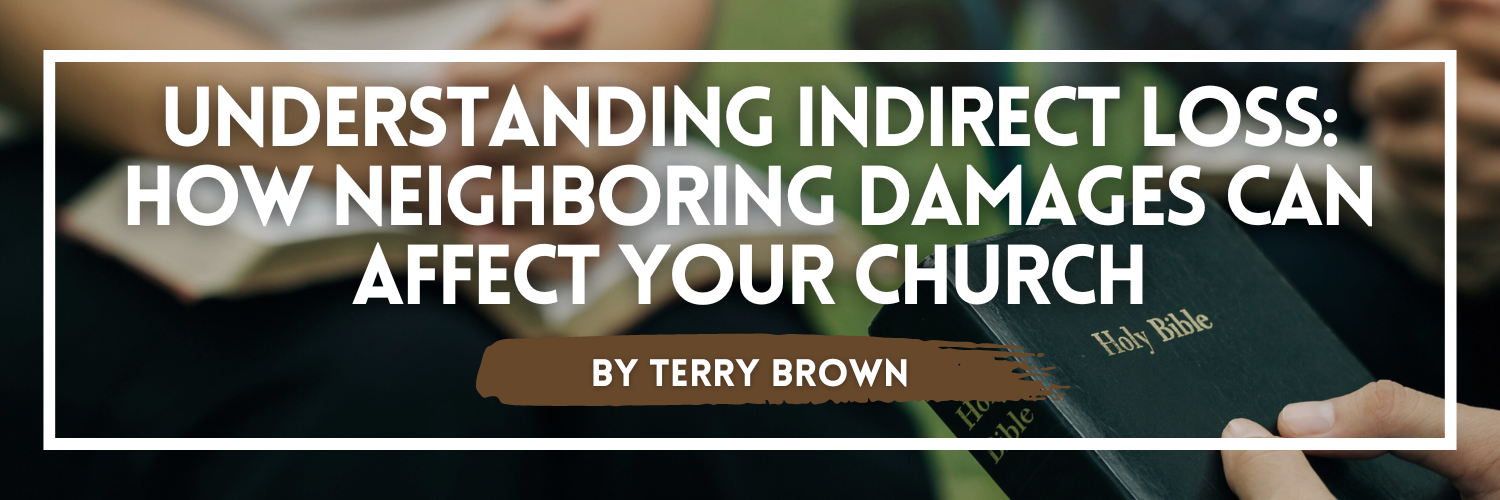These days, every community organization needs to have an online presence, and churches are no exception. Having a well designed, informative website that tells the story of your church is vital to attract interest from local people.
If you want to increase church attendance, telling this story is not really optional. It has to be done. The question is, how?
Show Off Your Church To Potential Worshipers
Churches aren’t like real estate businesses or hardware stores. While commercial businesses have to focus on offering deals, promoting their brand and maximizing their profits, churches have a different set of priorities and their websites should reflect this.
However, there are still some basic lessons that pastors can learn from commercial websites.
Take real estate, for example. When you are buying a home, the first thing that you notice (the “hook” of the purchasing process) is the appearance of the property. That’s why real estate brokers go to great lengths to ensure that the images they use on their websites are clear, professionally produced and visually attractive.
Churches are not homes on the market, but it’s important to note that people respond to beautiful imagery. If they are thinking about attending a local church, they will be more likely to do so if the church is presented in its best light. Try to enlist the services of a professional photographer. Pick a day when the sun is bright, the skies are blue and show off your church in all of its glory.
A good idea is to create a virtual tour of the church, from the exterior inwards. Try to give an idea of how it would feel to enter the building and join the congregation for worship. It’s a good way of making visitors feel at home, and the ability to create a welcoming home-like atmosphere is one of Christianity’s unique attractions.
Not All Church Websites Are The Same
This is crucial to remember. Some churches like to focus on music in their services, others stress ritual and preaching, while some are all about supporting community projects.
If your church has a particular area where it shines, place this at the forefront of your website. You can easily embed audio or visual content into the site, so if your church hosts local musicians, give them a prominent place to show their skills. Create accounts on sites like YouTube or Vimeo, and embed high-quality video footage directly from them onto your pages. This will add a professional touch (and won’t harm your search engine ranking either).
If your church is a pillar of the community, that’s great, but don’t be a shrinking violet. Tell everyone who visits your site about the good work that you and your congregation are involved in. If you help the homeless or support mental health charities, provide information about how and where you do so. You might find that individuals choose to volunteer for a community organization before attending church.
For pastors who can write well, a regularly updated blog is a must. Not only does this allow you to communicate to local people and advertise any church events, it also helps to raise your online profile in search engines.
You want people who search for terms like “church Orlando friendly” or “musical services Des Moines” to find out about your site, so doing a little “search engine optimization” research is a good idea. It’s not hard, and it could set you apart from other local churches (or competing attractions).
Tell A Compelling Story
Now, you might respond that your church already has the ability to tell the most compelling story ever told. That’s true, but you also have a local story to tell about how you fit into the community. Blending the Bible and everyday life is a good focus for the messages that your site communicates.
There are some basic elements of this story that most church website designers tend to include.
If you have a staff of pastors, deacons and volunteers, give them space to describe themselves and their mission. Providing a human face behind the website is a challenge for businesses, but churches should not find it difficult. Let your talented staff explain how God has entered their life, and how he could to the same for your website visitors.
Many pastors are also turning to podcasting and iTunes as a way to get their message out. A weekly sermon that is available on your blog and front page is a great way to keep your content fresh and to spread the word of God. You can even link them directly to Facebook pages and Twitter, reaching even more people.
A lot of churchgoers now also use smartphones to communicate with each other. If you want everyone to know about your events, the subjects of your sermons and any church announcements, it’s not hard to optimize your website for mobile devices.
Finally, most modern church websites tend to seek to impress visitors with their front page. You can source attractive logos and graphics from website design firms, or enlist local professionals to do the same. A beautiful welcoming page is essential to attract interest and create the right reputation, but don’t go overboard. Keep text clear and informative, and try to avoid clutter.
Use The Web To Fill Your Pews
Churches are always moving with the times, and most pastors reading this will have experience in using the web. The key thing to remember is that your website can always be improved.
By focusing on storytelling, you can create a website that leads visitors towards an end point – regular church attendance and participation in church activities. There are plenty of tools available to help you tell your story, from HD video to professional graphic design and well-crafted blogs.
If you plan everything strategically, potential churchgoers will be able to easily distinguish your church from others in the area.




